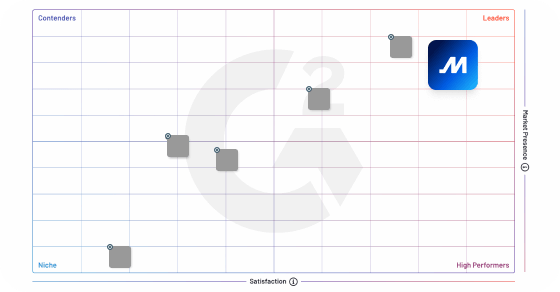Asset tracking refers to the process of monitoring and managing valuable assets throughout their lifecycle using various technologies such as GPS and telematics systems. It involves the use of tracking devices, sensors, and software platforms to gather and analyze data related to the location, movement, and condition of assets. The goal of asset tracking is to provide real-time visibility, improve operational efficiency, enhance security, and optimize asset utilization.
In the context of trailer tracking, asset tracking systems are specifically designed for monitoring and managing trailers used for transportation and logistics. These systems utilize GPS tracking devices installed on trailers, along with telematics technology, to capture location information and gather data about trailer status and performance.
Key features and benefits of trailer asset tracking systems include:
– Real-time location tracking. Asset tracking systems enable real-time monitoring of trailer locations, allowing businesses to have accurate visibility of their trailers’ whereabouts at any given time. This improves operational efficiency, enhances security, and facilitates better fleet management.
– Geofencing and alerts. Asset tracking systems can define virtual boundaries or geofences around specific areas. When a trailer enters or exits these defined zones, the system triggers alerts, notifying operators of any unauthorized movements or deviations from designated routes.
– Condition monitoring: Trailer tracking systems often include sensors that monitor various parameters such as temperature, humidity, door status, or cargo load. This allows businesses to ensure compliance with regulatory requirements, maintain the quality of sensitive cargo, and address any potential issues proactively.
– Analytics and reporting: Asset tracking systems provide analytics and reporting capabilities, offering insights into trailer utilization, idle time, mileage, and other performance metrics. This data helps businesses optimize operations, reduce costs, and make informed decisions about fleet management and resource allocation.
– Theft prevention and recovery: With real-time tracking and alerts, asset tracking systems play a crucial role in theft prevention and recovery. In the event of theft or unauthorized use, the system can assist in locating the stolen trailer quickly, increasing the chances of recovery and minimizing financial losses.
Overall, asset tracking systems for trailers enhance operational efficiency, improve security, optimize resource utilization, and enable data-driven decision-making in the realm of logistics and transportation.
Frequently Asked Questions
What do you mean by asset tracking?
Asset tracking refers to the process of monitoring and managing physical assets within an organization. This includes tracking the location, movement, and status of assets such as vehicles, equipment, and inventory. The goal is to gain visibility and control over assets, improve operational efficiency, and prevent theft or loss. When it comes to fleet management, asset tracking is most often achieved using GPS technology.
What is an example of asset tracking?
An example of asset tracking in the context of fleet management is the use of GPS and telematics systems to track and monitor commercial vehicles and equipment, such as trucks, trailers, or delivery vans. These systems provide real-time location updates, enable route optimization, monitor vehicle performance, and gather data on driver behavior.
By tracking assets within the fleet, businesses can enhance operational efficiency, improve customer service, ensure compliance, and make informed decisions to optimize their fleet management practices.



